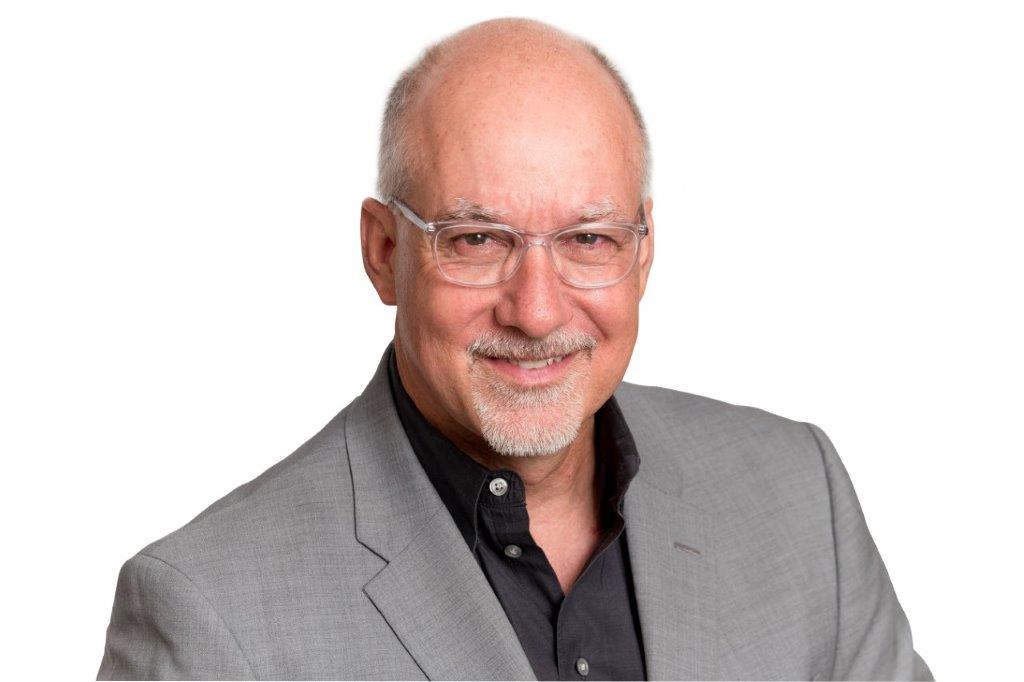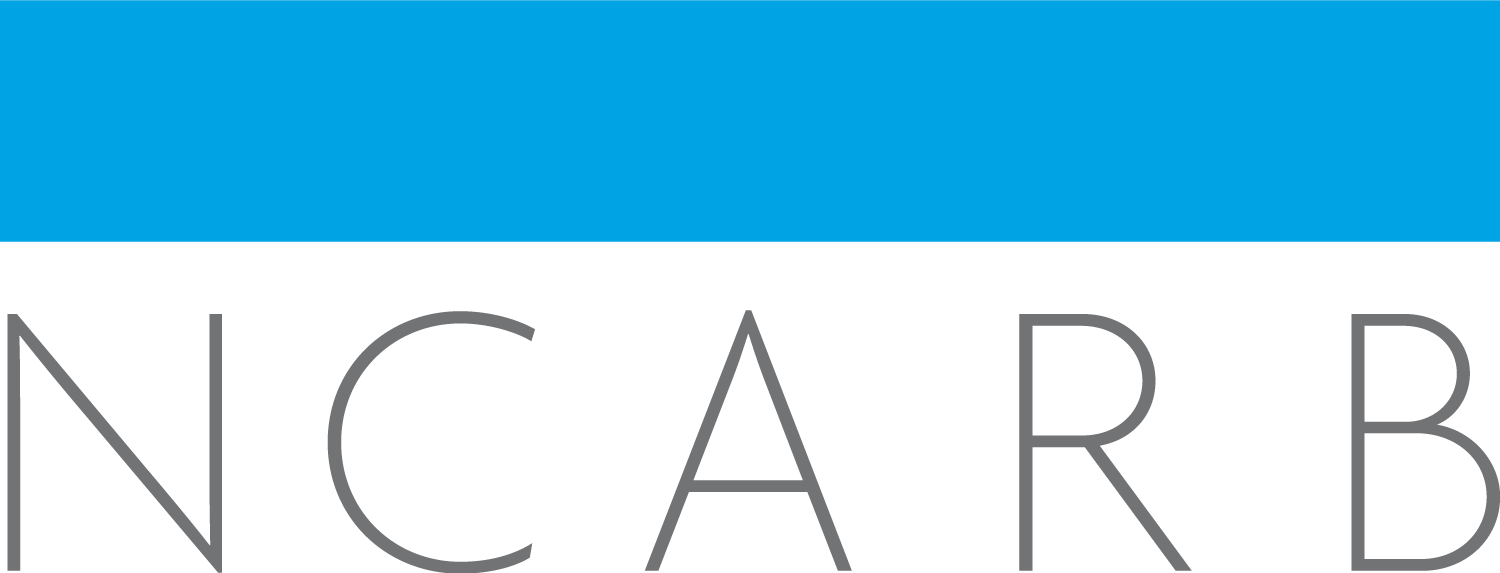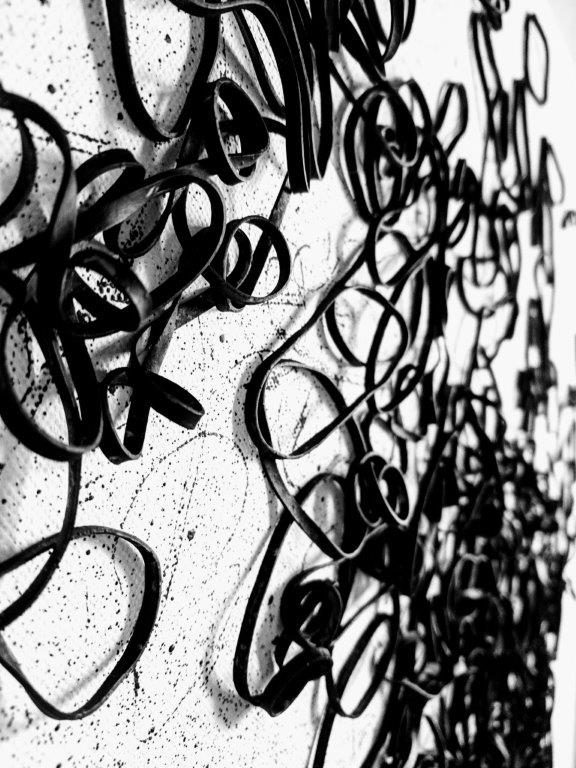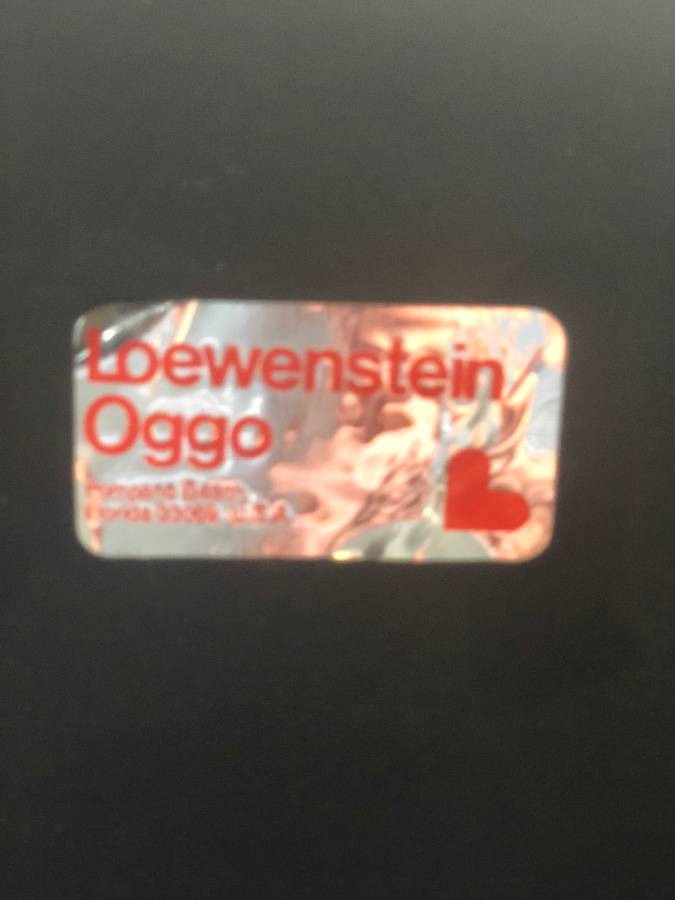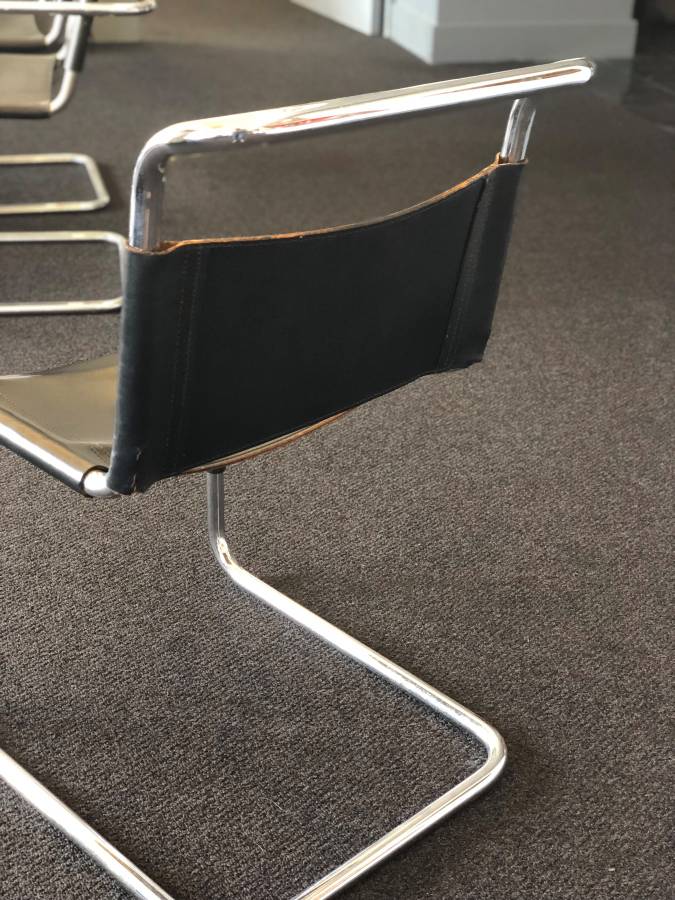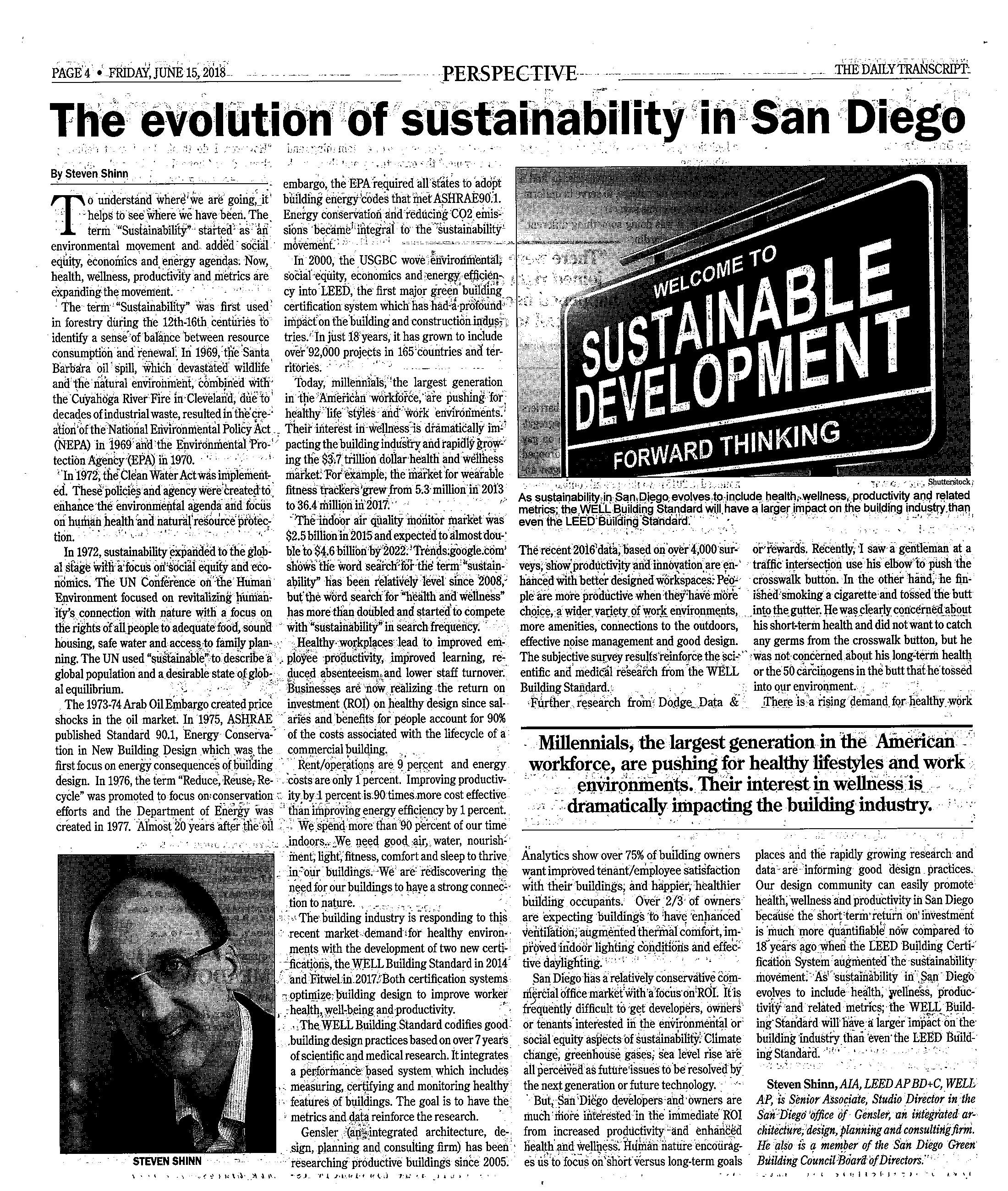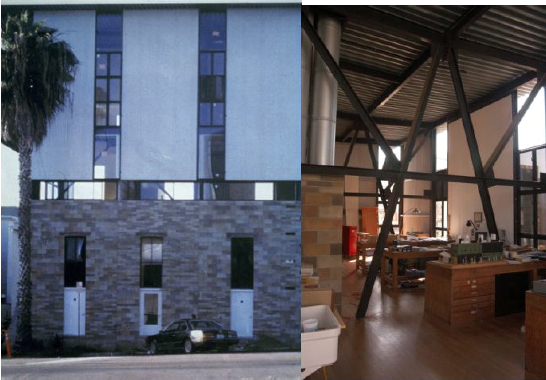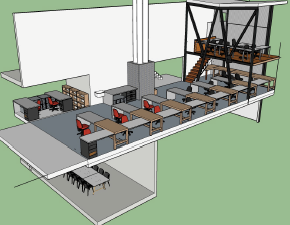2018 AIASD President, Steven Shinn, AIA provides an update on San Diego's sustainability efforts and where he sees improvement in the October 24, 2018 edition of The Daily Transcript. Perspectives: San Diego is getting greener (in certain spots)! by Steven Shinn, AIA
San Diego is getting greener, in spots!
In two editorials earlier this year, I noted many professional organizations and non-profits are advocating and promoting sustainable initiatives in our community and our state legislators are driving the movement; but I chastised most local design firms and their clients for taking a back seat in the green and wellness movements.
Recently dockless bikes were introduced to San Diego. I was excited to see their proliferation and our community reducing the burning of fossil fuels and promoting a healthier life style. Unfortunately, the bikes have not survived, and most of them have been replaced with electric scooters downtown. I was discouraged with the trend towards less active commuting and then I saw the new electric scooters with seats. How rapidly we have regressed to the inactivity of sitting for even short trips.
The San Diego Green Building Council (SDGBC) recently created a new sustainable awards program. After reviewing the diversity of winners, I was excited again to see some bright spots in the sustainable, health and wellness efforts. The winners were recognized last month.
The first category honored four sustainable patrons:
- A small construction firm, Simple Construct, received the Patron Award for their drive and leadership to promote sustainable strawbale construction in San Diego. This old, environmental construction technique is going through a rebirth locally.
- The North Park Planning Committee received the Civic Organization Award for integrating comprehensive sustainable strategies into their community plan.
- Alexandria Real Estate Equities was honored with the Private Organization Award for their holistic integration of sustainability, health and wellness into their portfolio of buildings.
- The County of San Diego was honored with the Public Organization Award for their strong focus on pursuing energy efficiency with their Zero Net Energy Portfolio Plan to reduce their energy use by more than half by the year 2030.
The second category was for sustainable certification systems, which honored two civic buildings, four office buildings, a house and mixed-use neighborhood development:
- The Leadership in Energy and Environmental Design (LEED) has several building certification systems. The County of San Diego Alpine Library by Manuel Oncina Architects and Ferguson Pape Baldwin Architects received a LEED Building Design and Construction Award for its focus on sustainability and zero net energy. The Morena office building, by Delawie Architects, received a Building Design and Construction Award. The Gensler Architecture Studio received a LEED Interior Design and Construction Award. The eight block Manchester Pacific Gateway development on our waterfront by Gensler, received an Unbuilt LEED Neighborhood Development award. A house by JLC Architecture received a LEED Homes Award. The Millenia office design by Gensler received an Unbuilt LEED Core & Shell Award and an Unbuilt WELL Building Standard Award for promoting health and wellness.
- The Gensler Studio also received a WELL Building Standard Award for promoting health and wellness in the design of their new office space.
- The San Diego International Airport Parking Plaza by Watry Design and Genlser was honored with a ParkSmart Award for pursuing both ParkSmart and Envision certification systems.
The third category was for sustainable building strategies focusing on zero net energy, zero net water and the use of metrics and research to inform design. The winning projects included two civic buildings, a residential development and office tenant improvement.
- The County of San Diego Alpine Library received a Zero Net Energy Award for being the first library to receive Zero Energy Certification through the International Living Future Institute. San Diego International Airport Parking Plaza also received a Zero Net Energy Award for connecting the building to the airport’s micro grid.
- Silvergate Rancho Bernardo residential design by NOAA, received a Zero Net Water Award for a design achieving a 70% reduction in water use for the buildings and 35% reduction in water use for the landscape.
- LPL Financial by Gensler received a Metric & Research Award for the integration of research and post occupancy metrics to improve the design and performance of the building.
The exciting news for San Diego is small and large companies, private and public organizations are weaving sustainability into our community. Projects include residential, civic, commercial and mixed use development promoting a wide range of certification systems and strategies. The County of San Diego and the San Diego International Airport are two clients leading the movement with multiple awards. Within the design community, the architectural firm Gensler (7 awards) is stepping up along with the following engineers: Coffman Engineers (6 awards), McParlane & Associates (4 awards), MA Engineers (4 awards) and ELEN Consulting (3 awards). Contractors CW Driver Companies, Swinerton Builders and Dempsey Construction each received two awards.
Now, we need more people in our community to join the sustainability movement. Ninety percent of employees admit that their attitude about work is adversely affected by the quality of their workplace environment. Are you asking for sustainable, healthy environments to live, work and play? Are you riding a bike for errands and exercise?
Research from Dodge Data & Analytics show over 75% of building owners want improved tenant/employee satisfaction with their buildings, and happier, healthier building occupants. Over 2/3 of owners are expecting buildings to have enhanced ventilation, augmented thermal comfort, improved indoor lighting conditions and effective daylighting. If you are the client, are you asking for good design and environmental performance? If you are in the design community are you creating people centered designs addressing sustainability and health? Add to our bright spots.
Steven Shinn, AIA, LEED AP BD+C, WELL AP
Senior Associate, Studio Director
Gensler

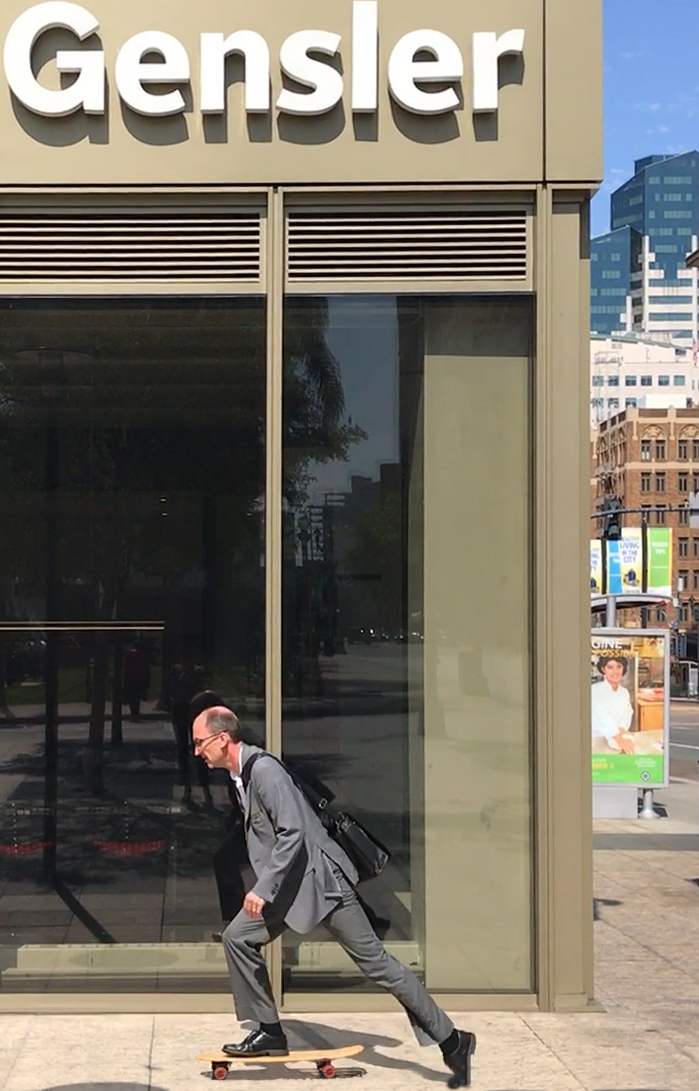
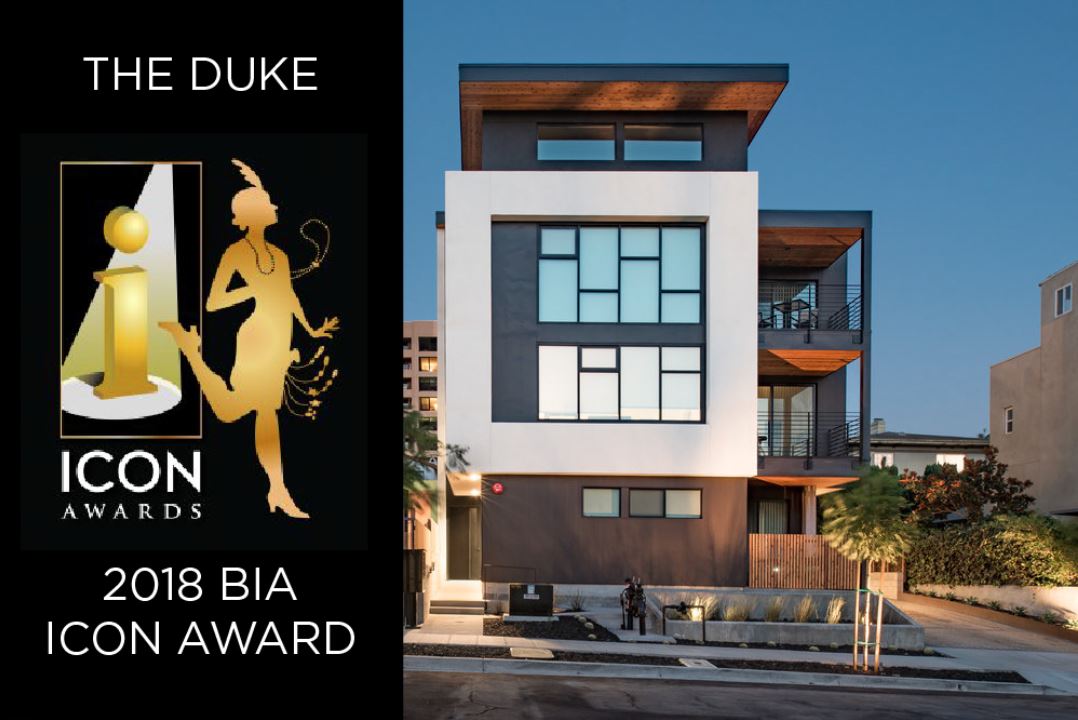
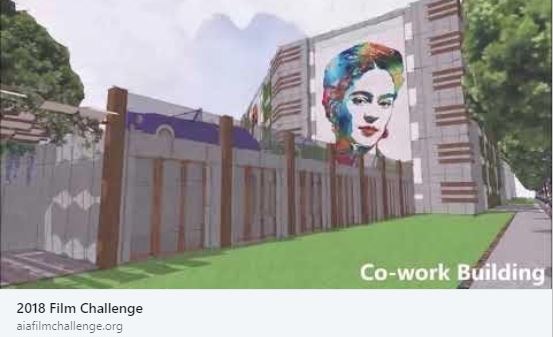
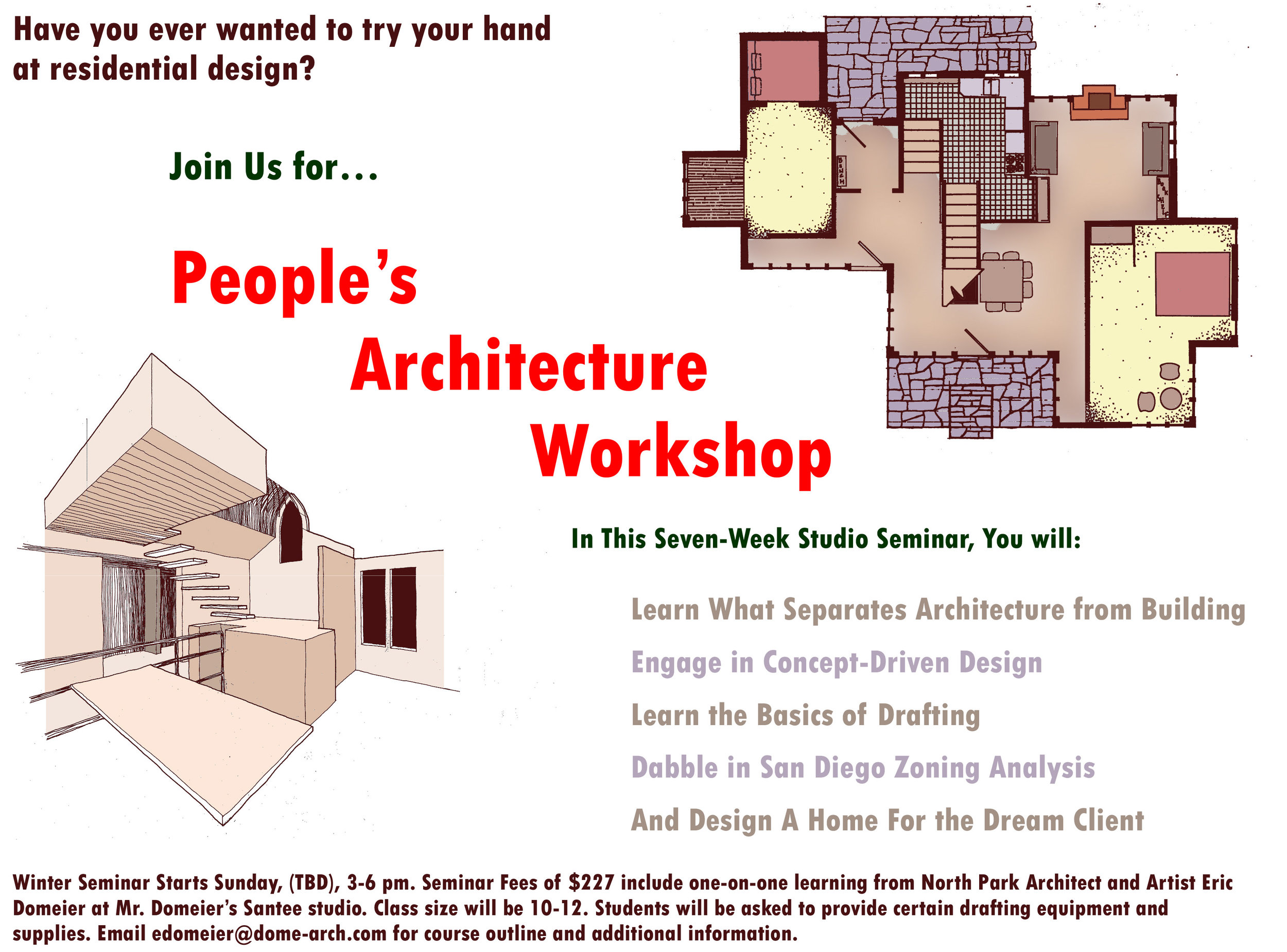
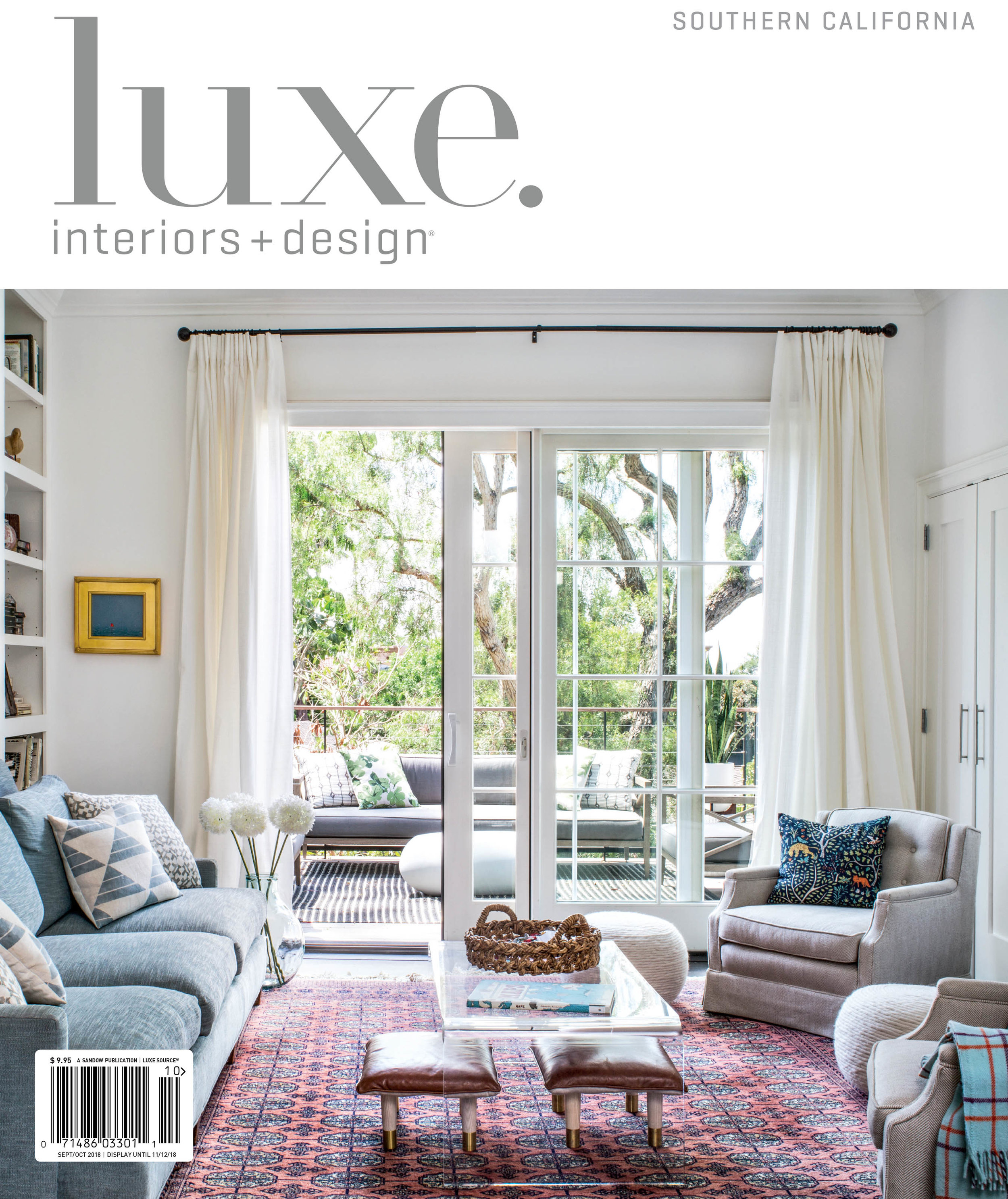




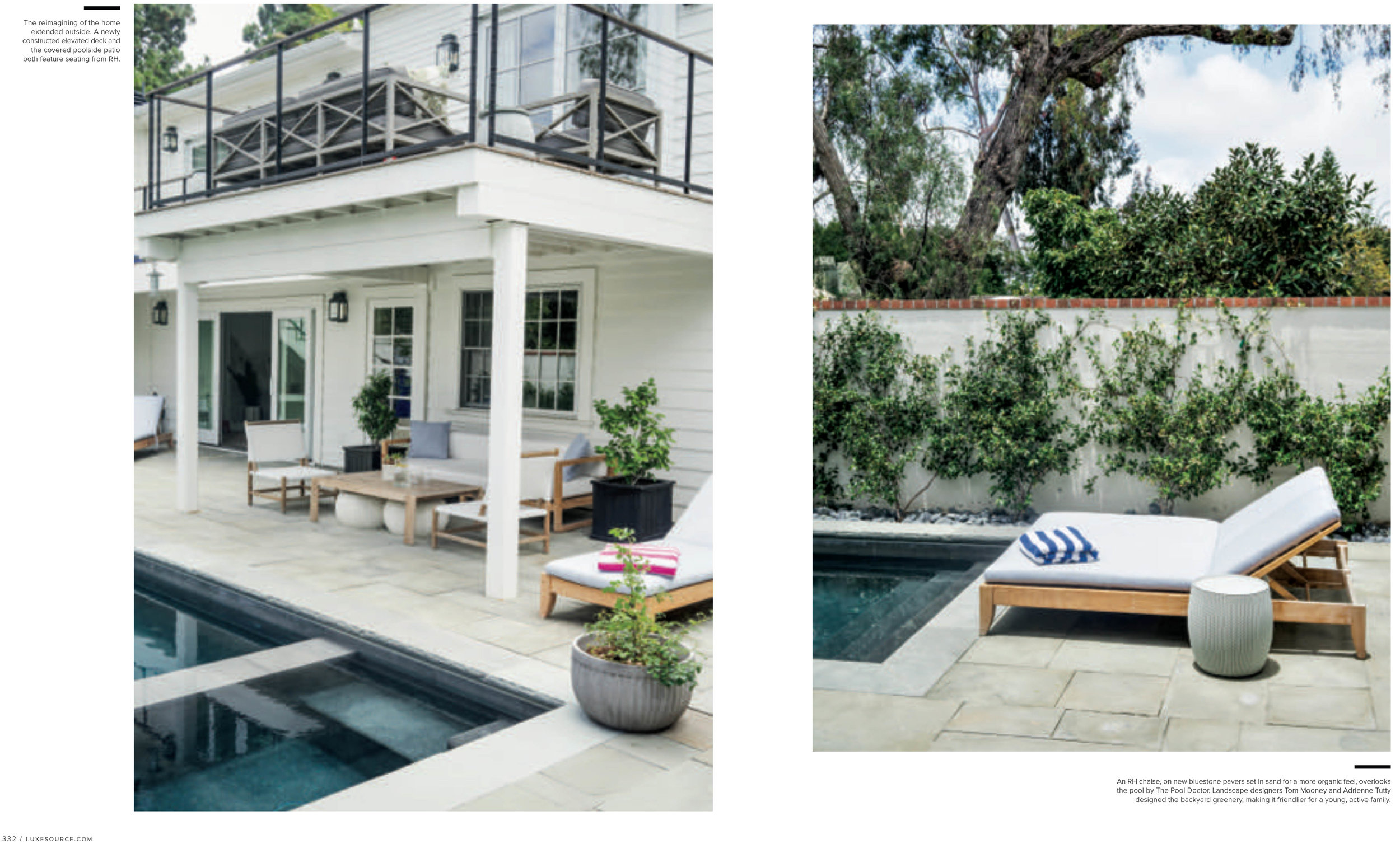
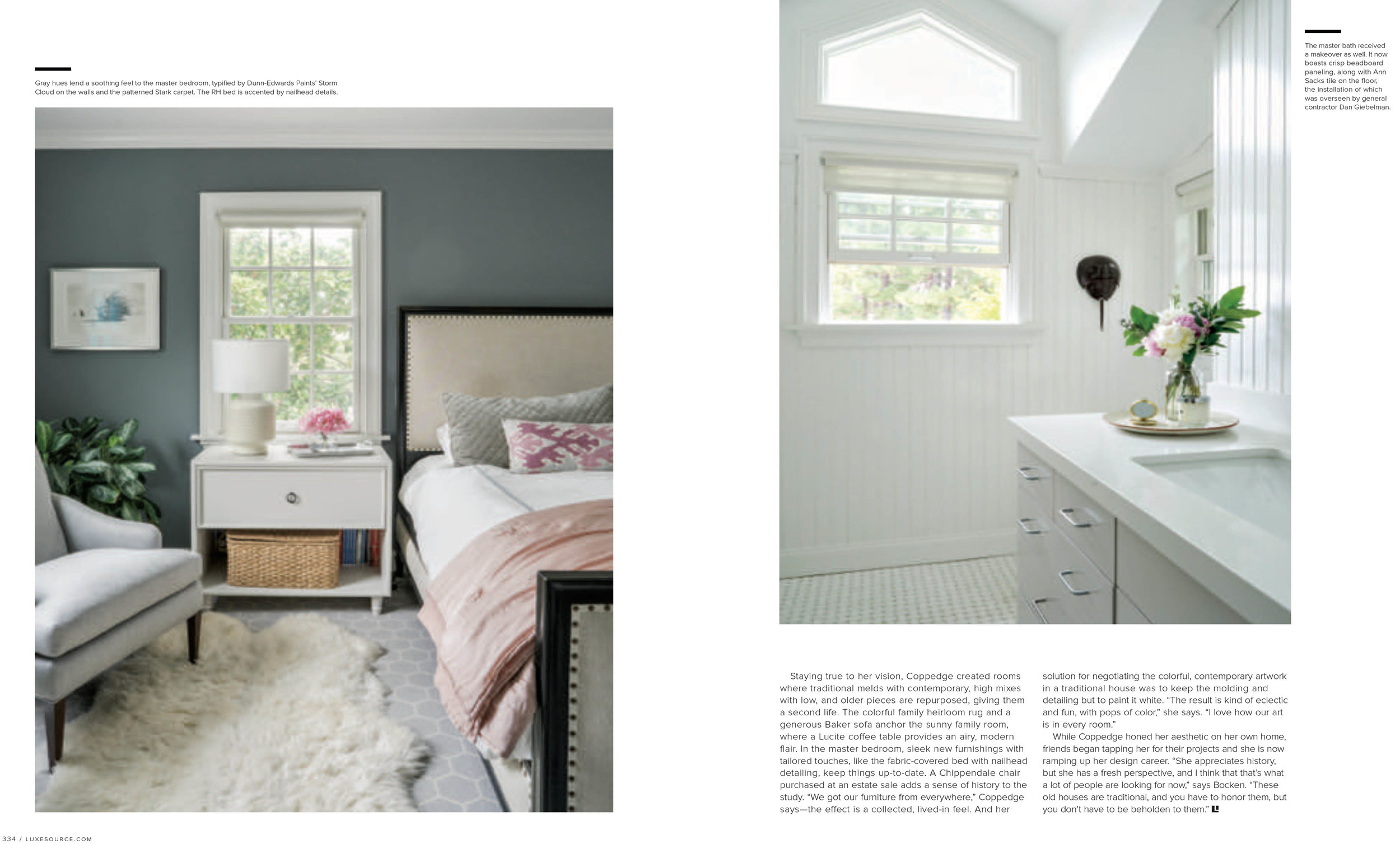
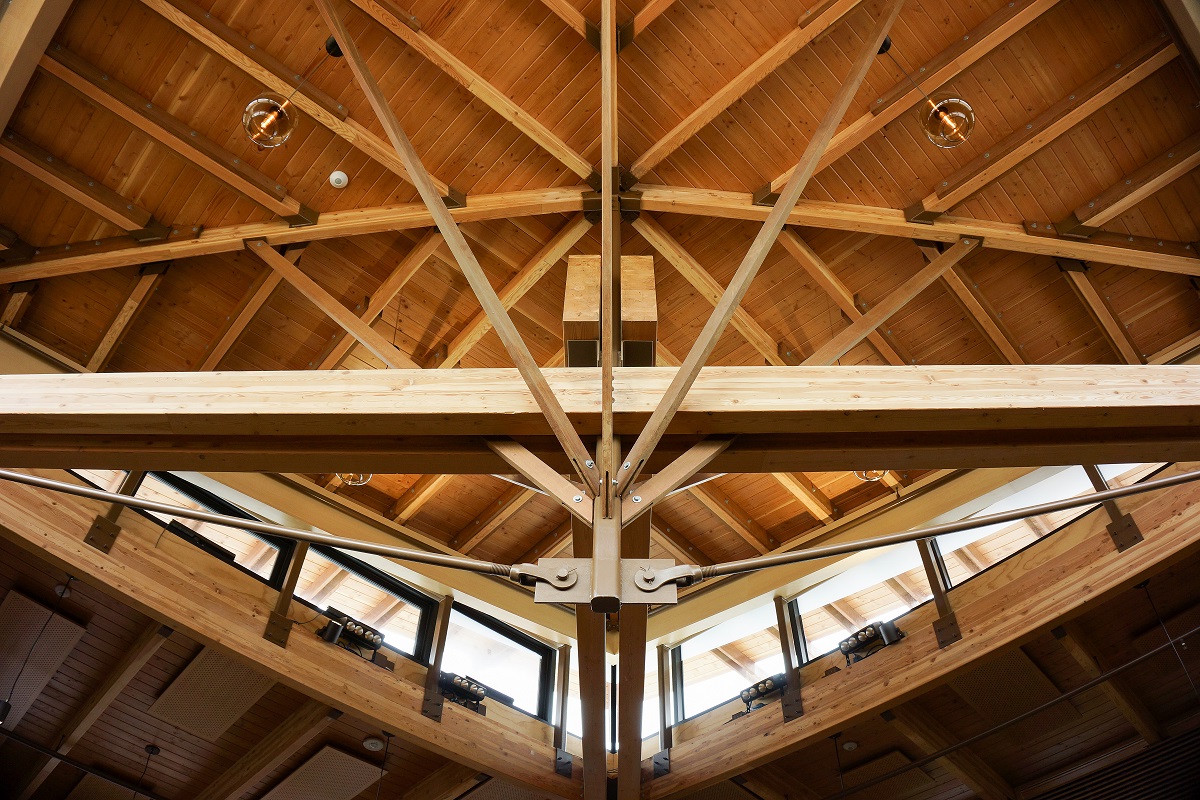
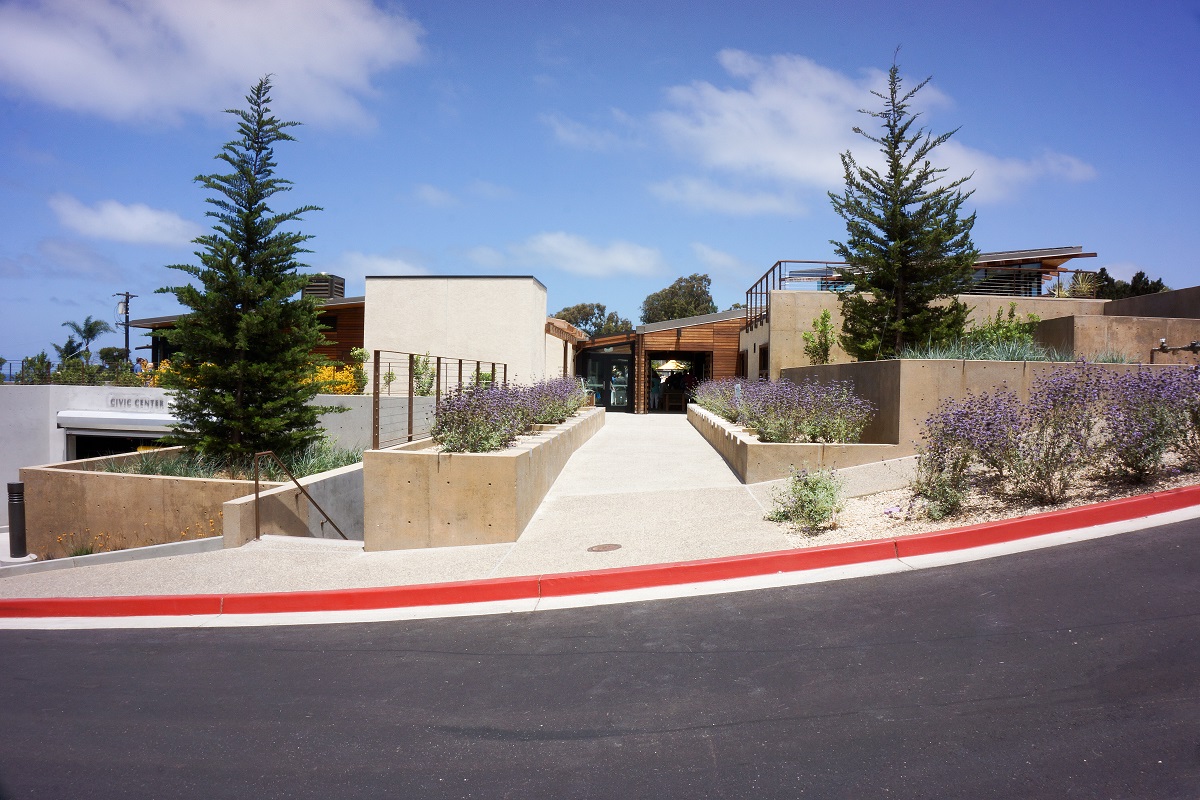
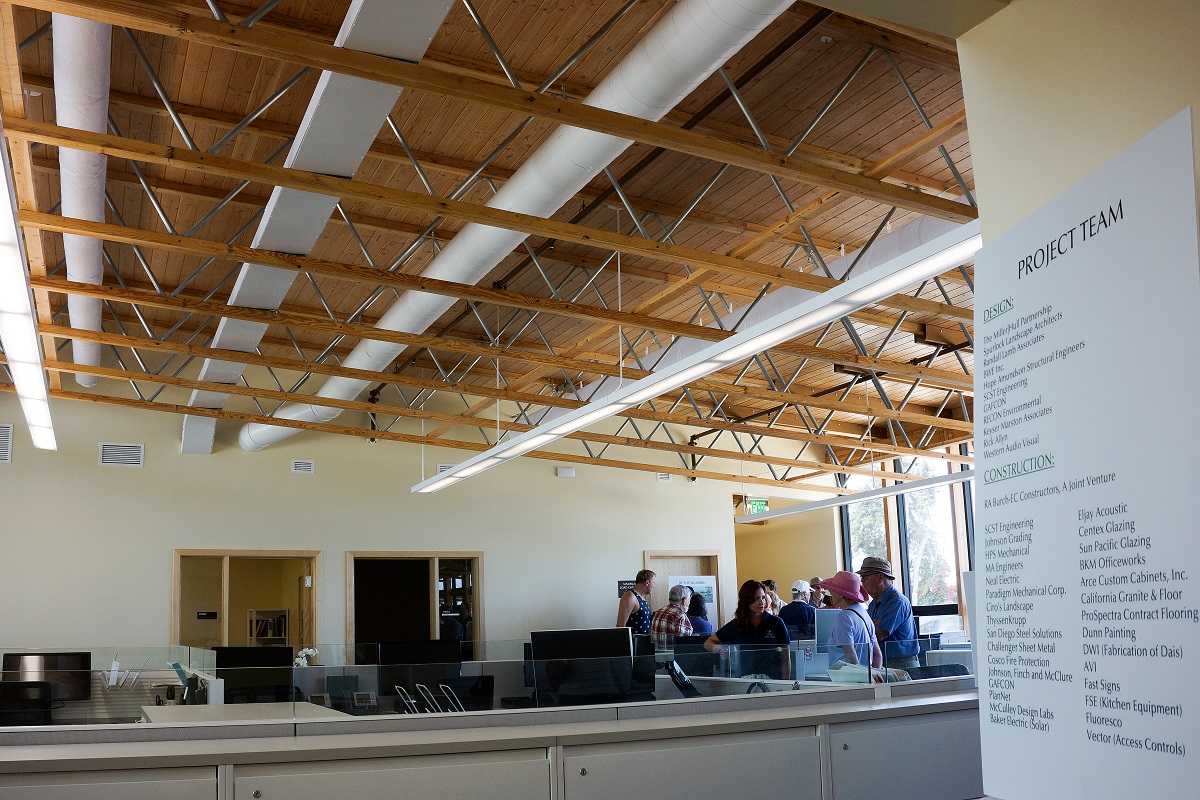
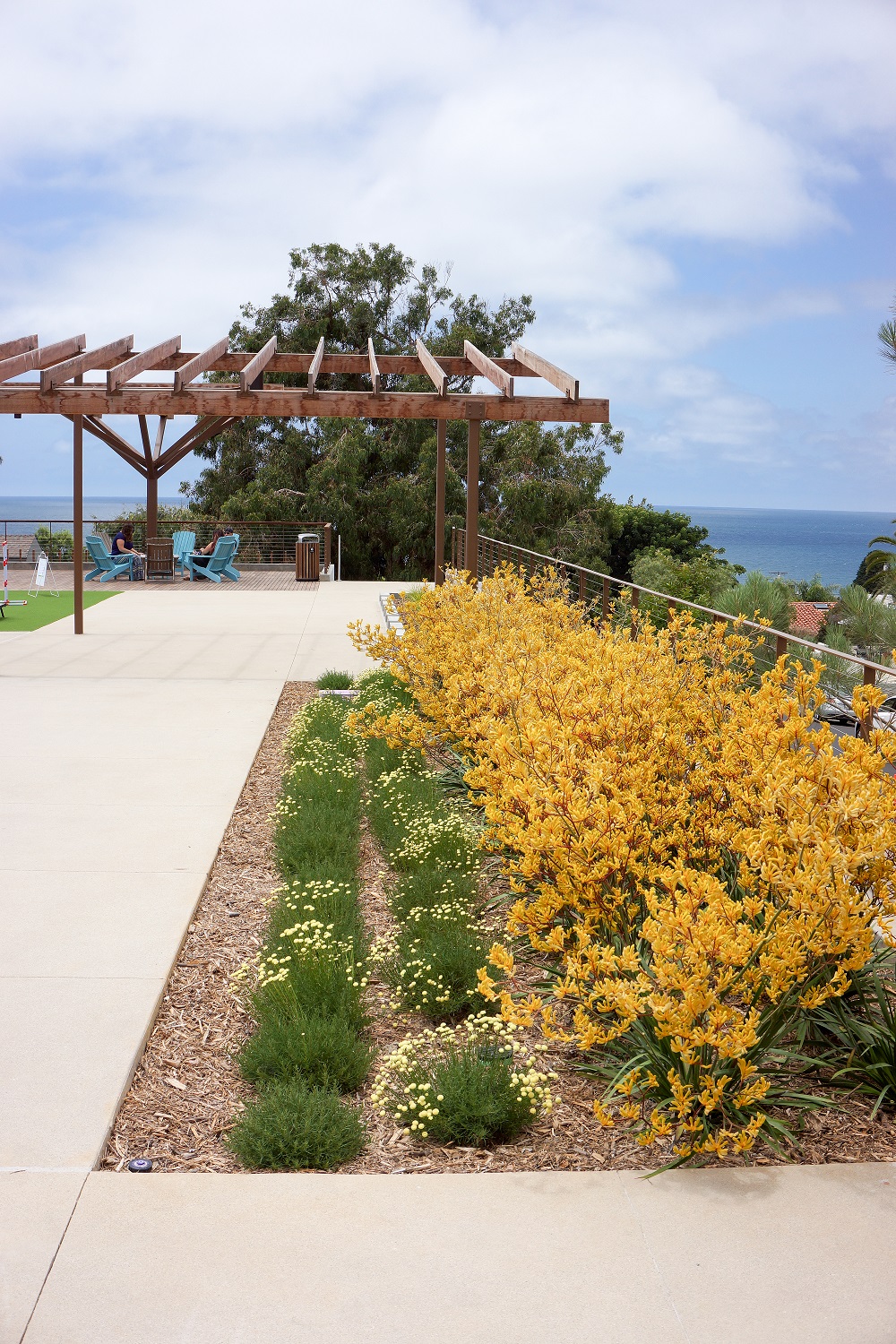
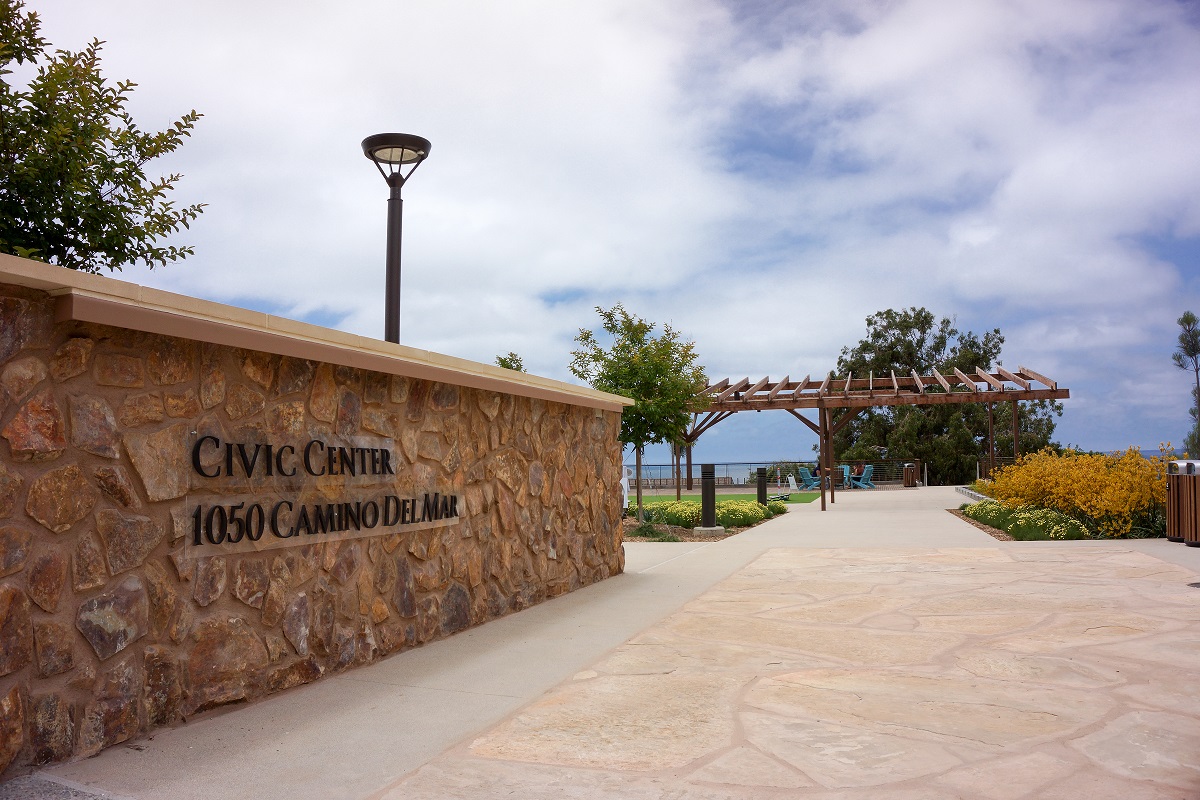
 Award-Winning Architect Matthew Ellis, AIA, NCARB is Named Principal of PGAL San Diego Office
Award-Winning Architect Matthew Ellis, AIA, NCARB is Named Principal of PGAL San Diego Office
